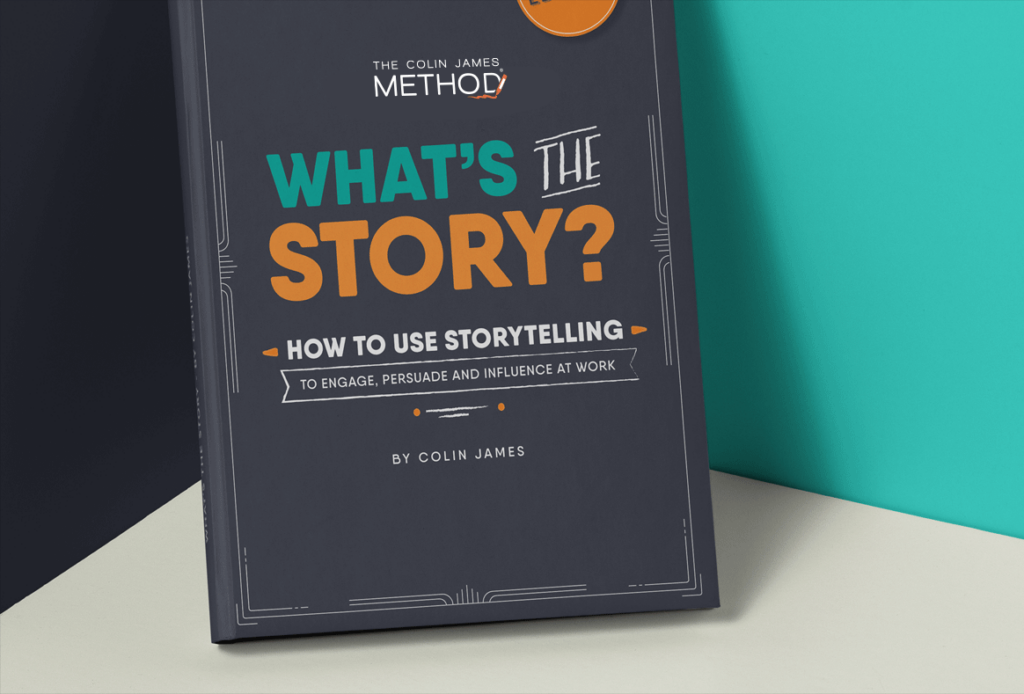It’s highly likely at some stage in your career you’ve been on the receiving end of a yawn-yielding presentation or meeting. They’re usually easy to identify, because they often begin with the presenter making an introductory statement that goes something like this, “Thanks for coming today I know you’re all busy so I’ll try to keep it short…”.
Inspiring start.
The ending is usually just as exhilarating; “Hopefully you all got something out of this today…”, and somewhere in between, words were spoken, but you’re not sure which, because you’ve darted from daydream to to-do list to online shopping behind the facade of your laptop, and you leave the room none-the-wiser.
You’ve probably been so disengaged, it has never occurred to you to think about exactly how to make a captivating presentation yourself. But your day will come – if it hasn’t already.
When you get your chance to speak, you want people to sit up and notice you. This requires using more than just your voice. You need to bring your confidence, body language and assertiveness – as well as your words, to own the stage and deliver your message with clarity and a style that is uniquely yours.
Now, we’ve provided plenty of information on what you need to deliver a great presentation. But if there is only one thing you should take away from all of it, it’s this:
The first 30 seconds are integral.
In this video, we find out why getting the opening right is the essential ingredient for audience engagement.
Now that you know the goal, here are some tips to get there.
Throw tradition out the window
You’ll be able to come up with an arsenal of your own bad intros that you’ve heard along the way. Do not replicate these. Break the tradition and in doing so you may just create intrigue and get the attention of your audience.
Don’t be a copycat
There’s nothing worse than someone with presenting skills that mimic someone else’s. Be yourself. Bring your own character and personality to the delivery of the messages. There’s nothing more cringe-worthy than a person up on stage, delivering a speech or presentation that is peppered with badly delivered jokes that have been over-rehearsed. If humour isn’t really your thing, then don’t use it. Find your strengths and deliver on that.
Show don’t tell
There’s a real difference between telling and showing. Be a storyteller and take your listeners on a journey with you. Find a clever way to craft your storytelling and use it to your advantage when delivering a key speech or presentation, especially in the intro.
Know when to shut up
A pause in a presentation can be just as powerful, if not more powerful than a spoken word. It is a surefire way to get engagement from everyone in the room. Being silent can actually create interest in what it is you’re about to say and it can also be a sign of confidence and assurance from the speaker. Over-rehearsed material is often short of powerful pauses. Work some pauses into a good presentation to make an impact, draw the attention in and deliver a message. Just ensure the content that follows on from the pause is worth the wait.
Memorable stories lead to an engaged and excited audience. Learn how to create and deliver stories like a seasoned presenter with our free What’s The Story eBook.

The Colin James Method® Facilitators train corporate executives to improve their professional communication skills with a proven methodology. Our highly trained Facilitators and Coaches are recognised for their experience in their fields and have worked with many individuals and organisations around the world to master the art of communication.










